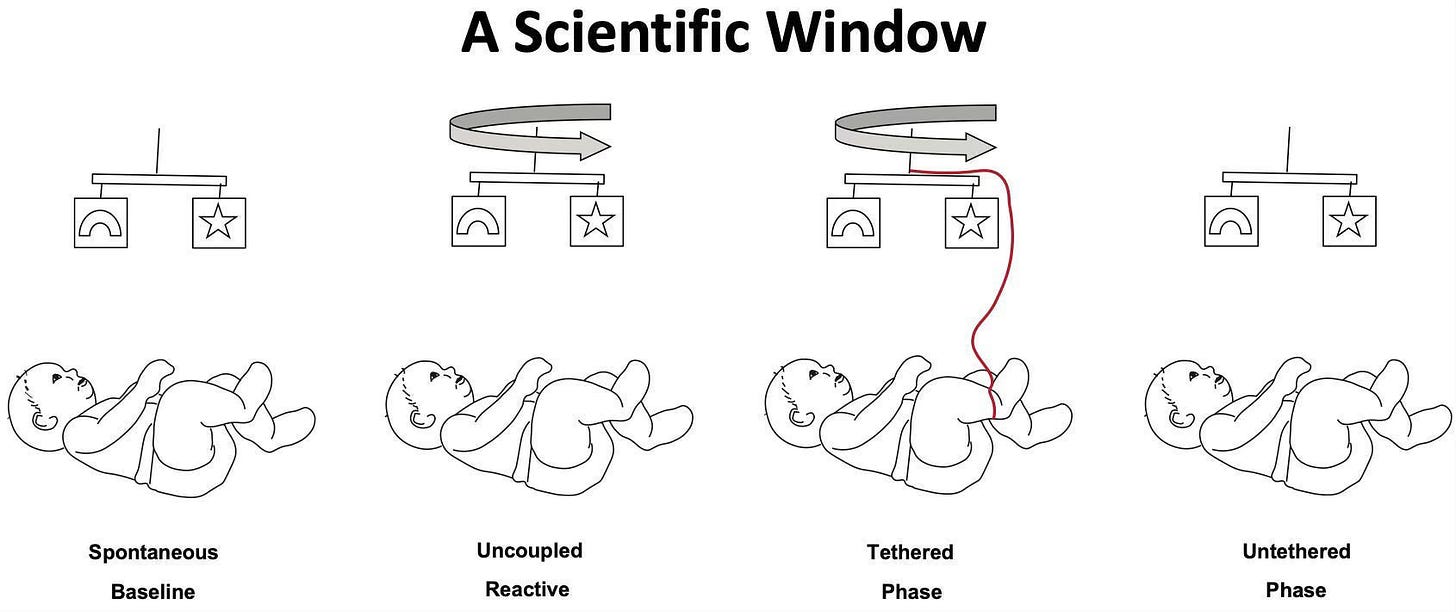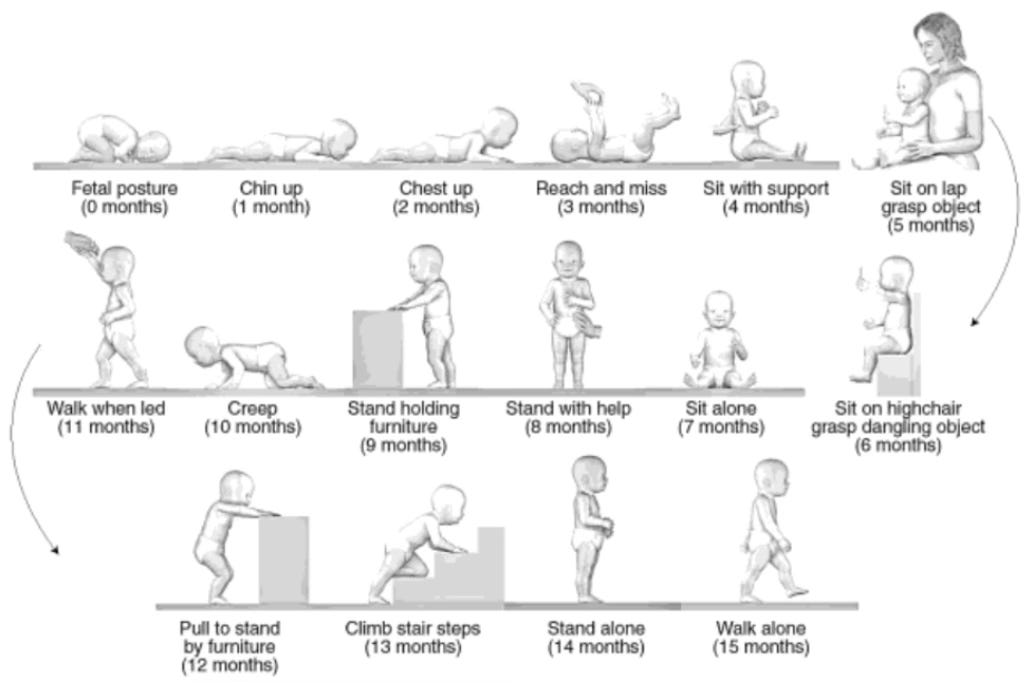Normativity
"Purpose, Function, Value, Meaning."
Use this template your writing will be clear, engaging, and memorable.
1️⃣ Hook (Story, Question, or Surprising Fact)
➡️ Grab attention in the first 3 sentences.
📌 Purpose: Instantly engage the reader with curiosity, contrast, or surprise.
✅ How to do it:
Tell a short, compelling story (personal, historical, or from research).
Ask a counterintuitive or thought-provoking question.
Make a bold, surprising statement.
💡 Examples:
"In 1965, a scientist made a tiny adjustment to his daily routine. Decades later, his discovery revolutionized an entire industry."
"Most people think motivation leads to action. But what if action leads to motivation?"
"The key to success isn’t working harder. It’s eliminating what doesn’t matter."
🚀 Your Turn:
➡️ Write a one-line hook that sparks curiosity about your topic.
2️⃣ Core Idea in One Sentence
➡️ State the main lesson clearly and concisely.
📌 Purpose: Give the reader clarity—let them know exactly what they’ll learn.
✅ How to do it:
Reduce your main takeaway into one clear sentence.
Make it memorable and repeatable.
💡 Examples:
"Your habits shape your identity, and your identity shapes your habits."
"You don’t rise to the level of your goals; you fall to the level of your systems."
"The best way to stay consistent isn’t discipline—it’s designing your environment for success."
🚀 Your Turn:
➡️ Summarize your blog post in one concise sentence.
3️⃣ Mental Model or Framework
➡️ Introduce a 3-4 part structure or principle.
📌 Purpose: Simplify the idea so readers can understand and apply it.
✅ How to do it:
Introduce a simple framework, rule, or principle.
Break the idea into 3-4 parts (e.g., "The 4 Laws of Behavior Change").
Use a metaphor or analogy to explain.
💡 Examples of Mental Models:
The "1% Rule" for continuous improvement.
The "Two-Minute Rule" for overcoming procrastination.
The "Goldilocks Rule"—things should be not too easy, not too hard, but just right.
🚀 Your Turn:
➡️ Can you organize your topic into 3-4 key principles or a named framework?
4️⃣ Scientific or Historical Example
➡️ Support your idea with a short real-world example.
📌 Purpose: Build credibility and trust while keeping it easy to digest.
✅ How to do it:
Include a psychological study, historical event, or real-world example.
Keep it short (2-3 sentences max)—don’t overload with data.
💡 Examples:
"The Marshmallow Experiment showed that kids who delayed gratification were more successful in later life."
"In 1911, two explorers attempted to reach the South Pole—one relied on precise daily progress, the other on bursts of effort. The first team succeeded."
"A study by Stanford researchers found that willpower is like a muscle—it gets stronger with use but fatigues over time."
🚀 Your Turn:
➡️ Find one real-world example or study to strengthen your idea.
5️⃣ Actionable Takeaway
➡️ Give one small step the reader can apply immediately.
📌 Purpose: Help the reader apply what they’ve learned.
✅ How to do it:
Suggest one simple action the reader can take immediately.
Use phrases like “Try this today” or “One easy way to start is...”.
💡 Examples:
"To build a new habit, shrink it down—start with just two minutes a day."
"If you want to be consistent, never miss twice."
"Want to reduce decision fatigue? Simplify your environment by removing distractions."
🚀 Your Turn:
➡️ What’s one easy, actionable takeaway for your reader?
6️⃣ Thought-Provoking Question or Closing Reflection
➡️ End with a powerful question or final insight.
📌 Purpose: Reinforce the message and encourage reader engagement.
✅ How to do it:
Ask a question that encourages reflection or action.
End with a powerful, final thought.
💡 Examples:
"What’s one small change you can make today that your future self will thank you for?"
"Your actions are votes for the type of person you want to become. What are you voting for?"
"What’s stopping you from trying this right now?"
🚀 Your Turn:
➡️ How will you leave your reader thinking?
7️⃣ Simple & Concise Writing
➡️ Keep it short, avoid fluff, and use repeatable phrases.
📌 Purpose: Make your blog post easy to read, remember, and share.
✅ How to do it:
Use short sentences and paragraphs (1-3 sentences max per paragraph).
Avoid jargon. Write as if speaking to a smart 12-year-old.
Use repeatable phrases that people can quote.
💡 Example of Reframing for Simplicity: ❌ "In order to maximize productivity, one must take into account the significant impact of habitual behaviors."
✅ "Your habits define your productivity. Fix the small things, and the big things take care of themselves."
🚀 Your Turn:
➡️ Read through your draft and cut out any unnecessary words.





